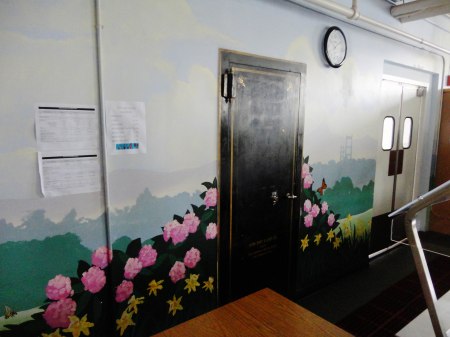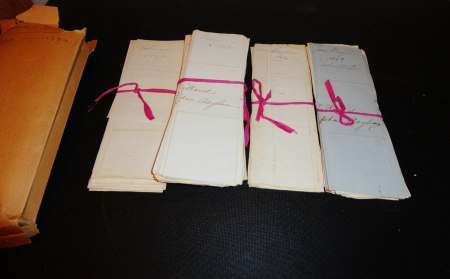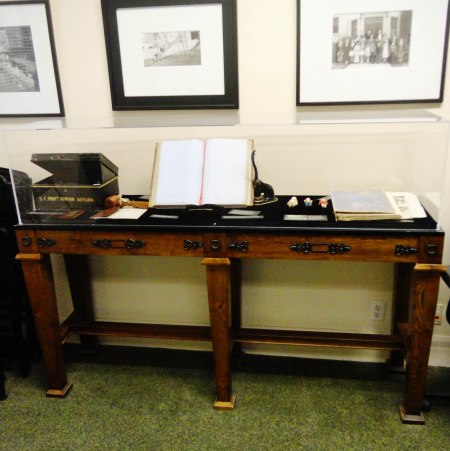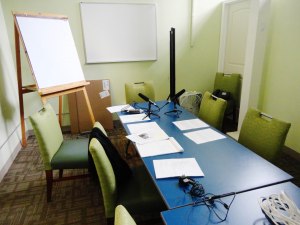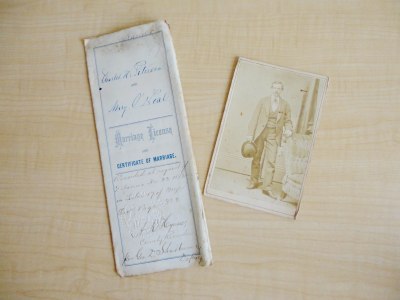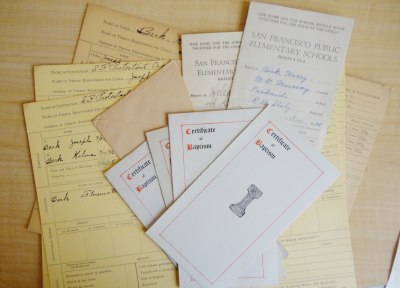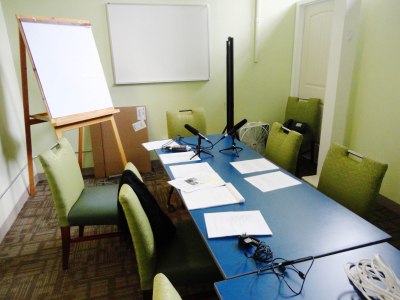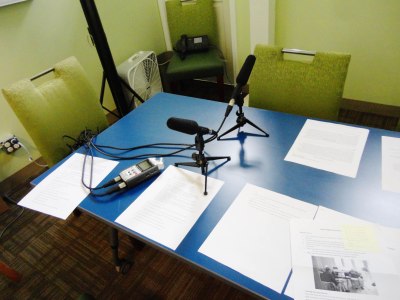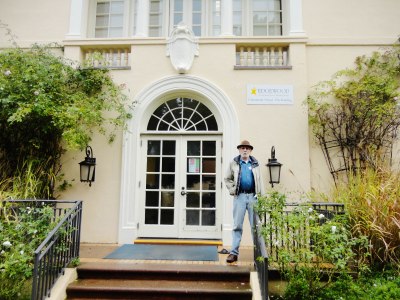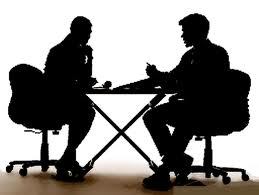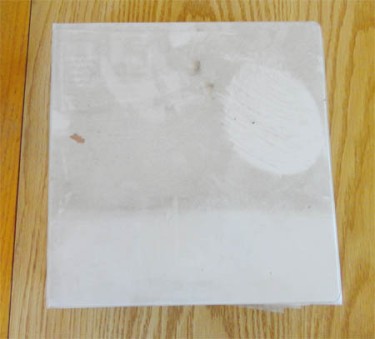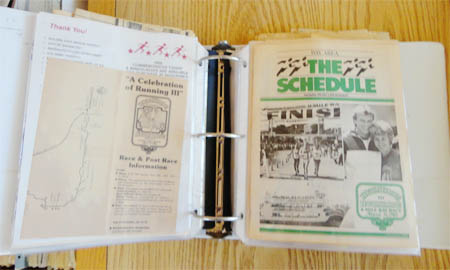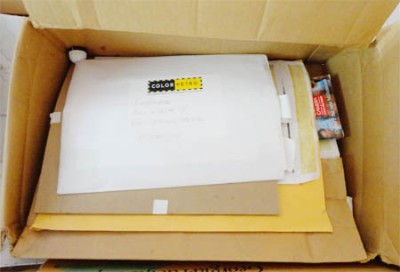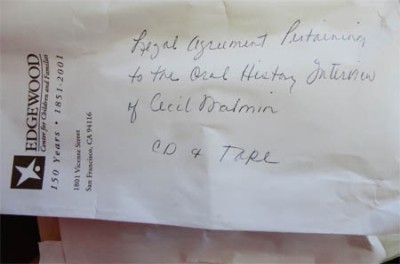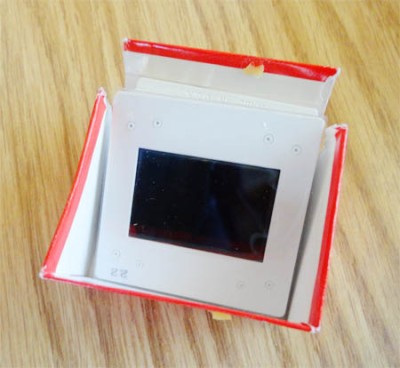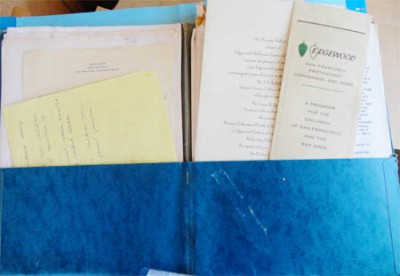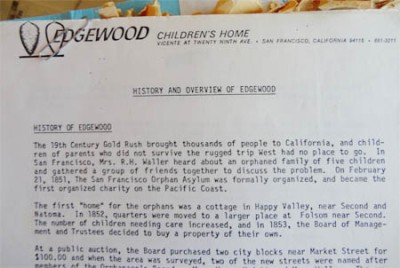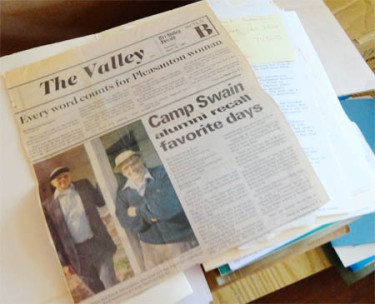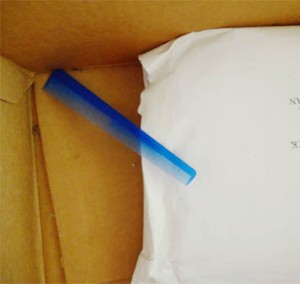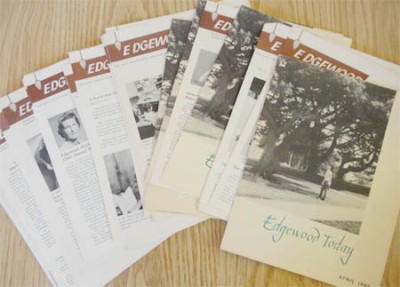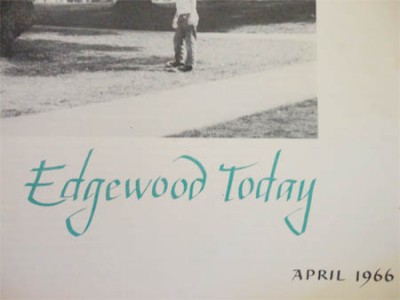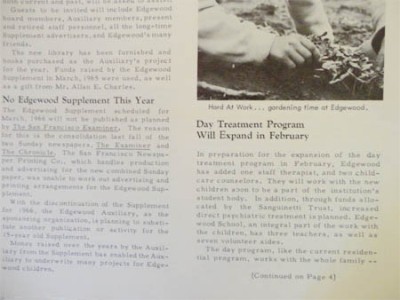I finally managed to schedule a meeting with the San Francisco History Center to go over which of the items that I found in my project that they might like to take. Two archivists came to Edgewood to see the orphan files – undoubtedly the most important records I found – and some other things.
Before the meeting, I pulled out all of the things that I both really wanted them to take and that I thought they would most likely want. These were mostly papers from the 1850s through the 1950s, plus some older newsletters from the 1960s-early 1970s, as well as the artifacts I found, like the copper engraved plates and the glass plates.
I’m so happy to say that the meeting went really well. I first took them into the vault to see where orphan files. They were delighted by the vault, which is a giant safe…
And about all of the boxes of orphan records. I pulled out a few of the oldest papers so they could see them, and they were really excited and we spent a few minutes reading them. They are so charming and I wish I could just sit down and go through every single one of them.
Then we went upstairs and I showed them the old orphan register and other things in a display case in the conference room…
I already knew that they wanted all of these things, but it was great to be able to show them everything in person. Then I nervously pulled out the two boxes of other items that I was hoping that they’d take and we spent some time going through all of it and they decided to take everything except that crazy mystery mallet that I found (they didn’t know what it was, either)! They said that the items would round out the existing collection really well. They also said they’d take all the oral history interviews that I do.
Even better, they said my work was very well organized and professional! I was so excited and felt very successful in my work, especially since I’m still just a student. It feels great to know that I uncovered records that are seen as a valuable addition to an existing archival collection, and that I’m helping to preserve those amazing orphan records.
Right after, I finally got underway with digitizing and have finished up two subseries already.
The next steps are to totally finalize the list of items they’re going to take and for me to finish digitizing the records they’re going to take that I think will be fun and helpful to have electronically at Edgewood. Then we’ll schedule the pickup. I’m hoping to finish up everything in the next month or so.
More on this as it progresses!
